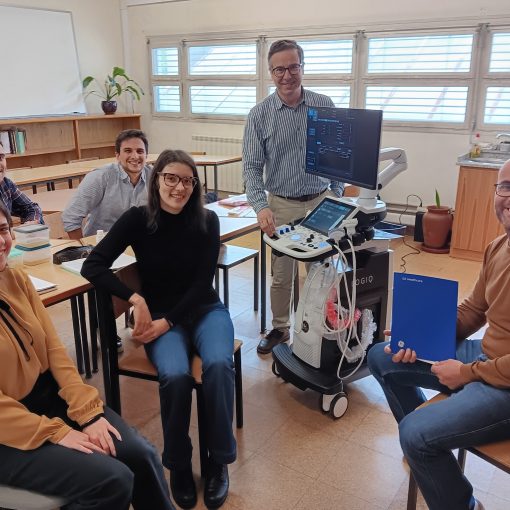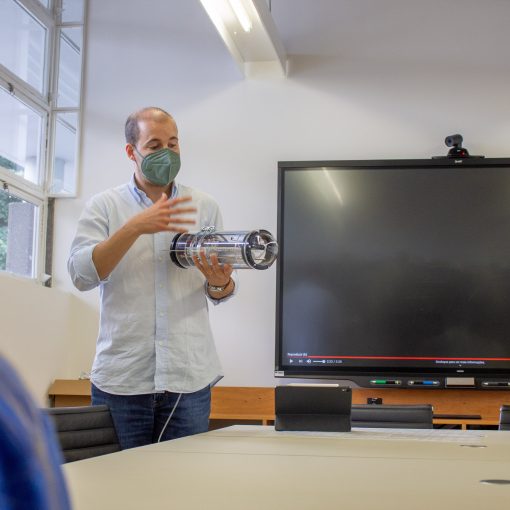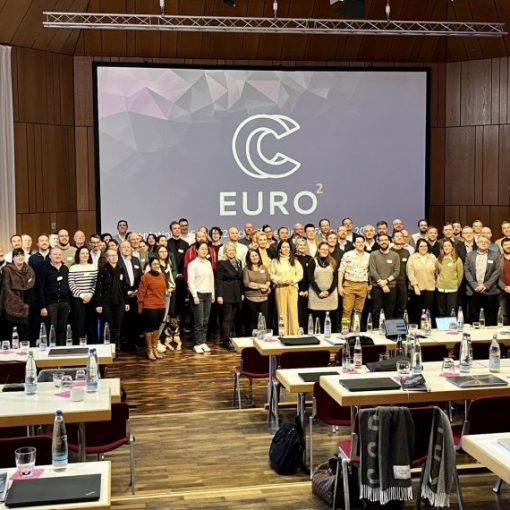The University of Minho’s School of Engineering is coordinating a European project worth around five million euros that is looking for natural-based technological solutions to protect critical infrastructures. The initiative involves five European cities, including Aveiro, and aims to minimise the effects of climate change. The project is called NBSINFRA and will bring together 18 important partners, such as UNESCO, by 2026. The initial meeting took place on 26 September at the Azurém campus in Guimarães.
The aim is to outline strategies co-created by citizens to strengthen the protection of society’s critical infrastructures, such as hospitals, schools, municipalities, residential areas and energy and telecommunications distributors. For example, buildings with “green” façades and roofs, which intercept rainfall, reducing the volume and flow of runoff, also enhancing temperature regulation during periods of drought.
“We are effectively evaluating solutions that respond to the needs of communities, with a view to achieving a more resilient society capable of overcoming the imminent challenges of extreme climate events,” says the project’s coordinator, Elisabete Teixeira, who is a researcher at the Institute for Sustainability and Innovation in Structural Engineering (ISISE) in the Department of Civil Engineering at UMinho’s School of Engineering.
NBSINFRA – an acronym for CityNature-Based Solutions Integration to Local Urban Infrastructure Protection for a Climate Resilient Society – is being developed in five European cities (city labs). In addition to Aveiro’s “blue corridor”, these include Prague (Czech Republic), Cologne (Germany), Fingal (Ireland) and Ruse (Bulgaria). The work is multidisciplinary, involving areas such as design, architecture, engineering, the environment, sociology and civil society.
This project co-funded by the EU’s Horizon Europe programme puts UMinho and Portugal in the spotlight in the field of sustainability and stands out for its real involvement with civil society, emphasises Elisabete Teixeira. “We eagerly seek to understand the needs, expectations and proposed solutions to climate and human-caused problems, through codesign and the co-creation of solutions based on or already existing in nature itself,” she adds.



